Overjet vs Overbite: How Are They Different?
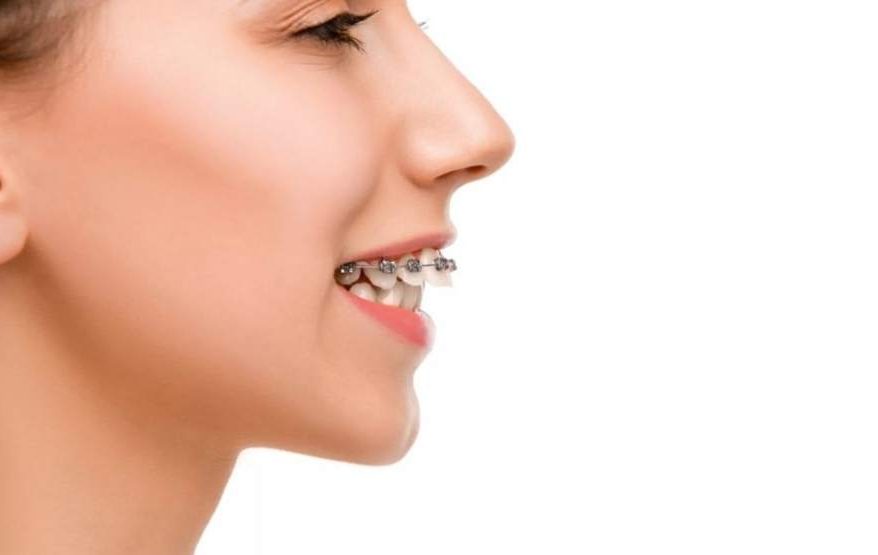
If your teeth don’t line up correctly, you may have a malocclusion. The two most common types are increased overbite and increased overjet. But, while many people confuse the two conditions, they are actually different issues. That’s why, today we’ll help you understand what separates overjet vs overbite. Then, we’ll identify the risks if these bite are left untreated, and walk you through your treatment options!
What is an Overbite?

Overbite or Deep Bite Present: The Top Front Teeth Completely Overlap The Bottom Teeth
If your front top teeth overlap your bottom front teeth, you’ve probably been told you have an overbite. You may also have heard this condition called a deep bite. But both are actually technical terms.
That’s because when you’re diagnosed with an overbite, it means your jaw bones are involved. Specifically, it means your upper jaw was overdeveloped. Or your lower jaw was underdeveloped. And that caused too much vertical distance between your front upper and lower teeth.
Often, developing an overbite is a genetic issue. No matter what, if you have an overbite, you may develop other dental problems. In fact, according to the American Association of Orthodontists, having an overbite increases your risk for:
- Teeth grinding, excessive tooth wear, and even the loss of the tooth structure.
- Sores or ulcers on the roof of your mouth.
- If left untreated, and you develop serious tooth structure loss, your orthodontist may need to move teeth to “open” the bite.
Even in less severe cases, overbites make it harder to talk, chew and eat. So, for those reasons, it’s ideal to treat an overbite as early as possible.
What is an Overjet?

Increased Overjet with Flaring of the Upper Front Teeth
When you have an overjet, your teeth also don’t align. But, while an overbite means your teeth have a vertical separation, with an overjet, that distance is horizontal. That’s why you might also hear an overjet referred to as buck teeth.
Depending on the severity of your bite, an overjet can make it hard for you to close your mouth. It can also increase your risk for a dental injury. That’s because it often leaves your lower jaw resting in a dangerous position.
In some cases, developing an overjet is a genetic issue. Other times, issues like thumb-sucking or extended pacifier use contribute to an overjet. Tongue thrusting can also contribute to the problem.
Diagnosing Overjet vs Overbite
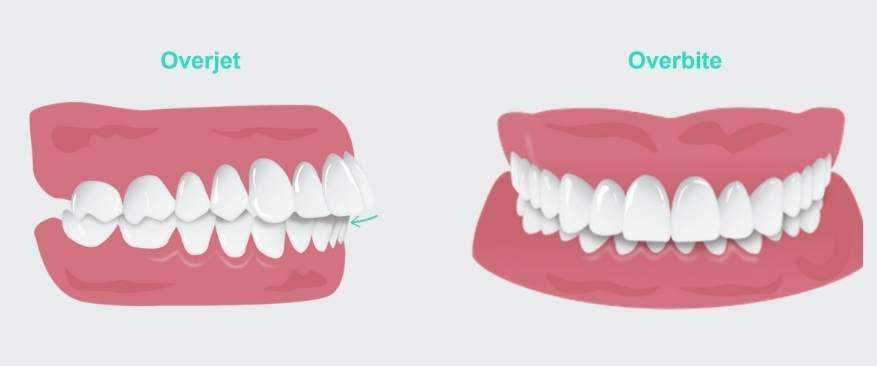
With an Increased Overjet, There is a Horizontal Distance between the Front Teeth. With Increased Overbite, the Distance is Vertical
With both types of malocclusion, your top and bottom teeth don’t align. For that reason, your orthodontist will diagnose an overjet or overbite based on the horizontal angle of your upper teeth. If you have an overjet, your upper teeth will stick out past the bottom ones at an angle, on a diagonal. In contrast, if you have an overbite, your upper teeth point straight downwards.
Treating Overjet and Overbite
Your orthodontist can correct both malocclusions, often during the course of other teeth straightening treatments. There are several options, and the best one for you will depend on age, the severity of your condition and your budget.
Prevention
While you can’t really prevent an overbite, you may be able to stop an overjet from developing. In fact, if your child visits an orthodontist right after turning seven, it’s possible to prevent a serious overjet with early intervention.
Other prevention methods include stopping bottle use and pacifier use at a reasonable age. The American Dental Association says kids should be weaned from their pacifiers no later than their fourth birthdays. Even if you don’t prevent an overjet, don’t worry. It’s still possible to treat this condition later on. Even if you’re an adult with a malocclusion, help is still available.
Metal or Ceramic Braces
Traditional braces use metal or ceramic brackets and wires, hooks, and elastic bands for teeth straightening and jaw alignment. Treatment time takes anywhere from 1 to 3 years.
Invisible Braces
Aligner trays such as Invisalign work like braces—if you wear them for the suggested 20 hours per day. Over the course of treatment, your orthodontist will change out aligners, putting added pressure on your teeth to move them into place. Invisible braces are a great choice for adults, or kids who are self-conscious about metal braces. But, if you have a severe overjet or overbite, this might not be your best treatment option.
Tooth Removal and Other Surgical Options
For a severe overjet (and, less often, for severe overbite), your orthodontist may suggest surgery to remove your premolars. With the added room, we can then pull your front teeth back, reducing the overjet. While less common, this treatment option works best if you have a smaller palate.
If your overjet or overbite is caused by lack of lower jaw development, surgery may help treat the problem. In some cases, your oral surgeon may reposition your lower jaw forward to achieve an ideal overjet. But these treatments are only indicated in more severe situations.
Have you been diagnosed with an overjet or overbite? What type of treatments did you undergo? Comment below!

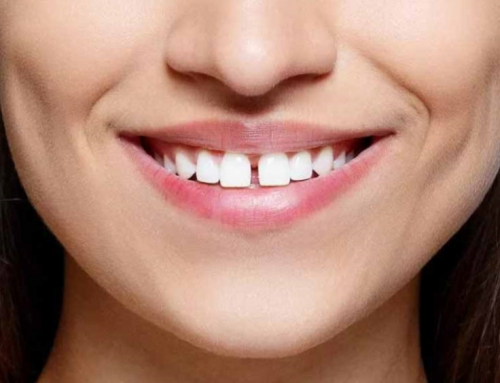
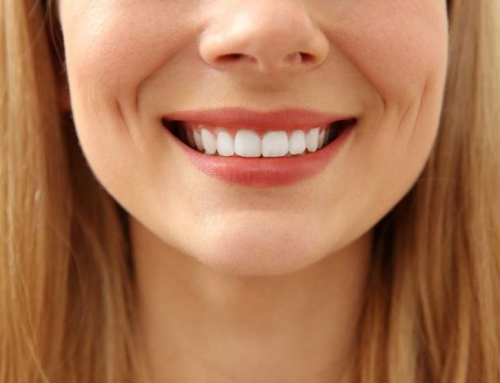
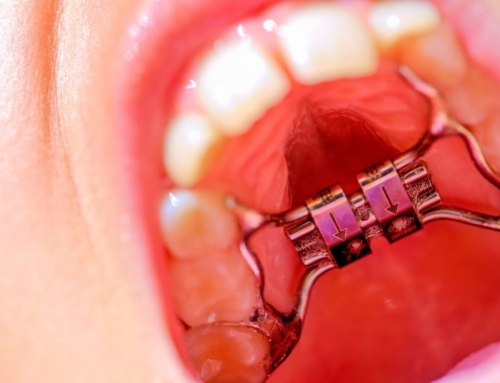
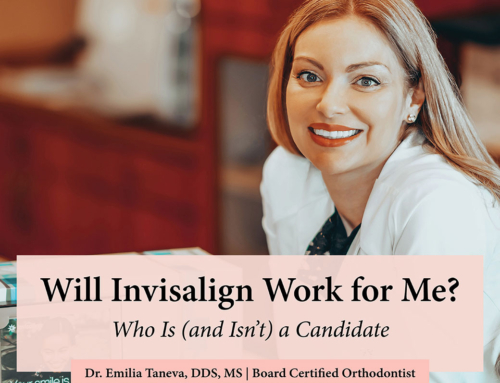
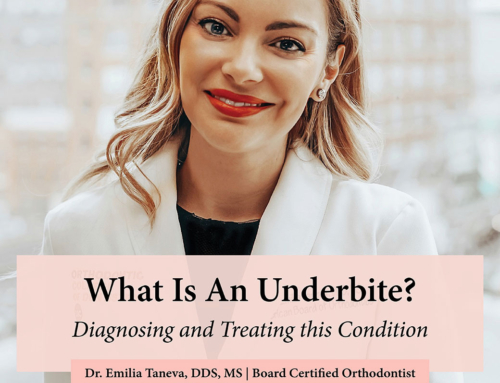
Leave A Comment